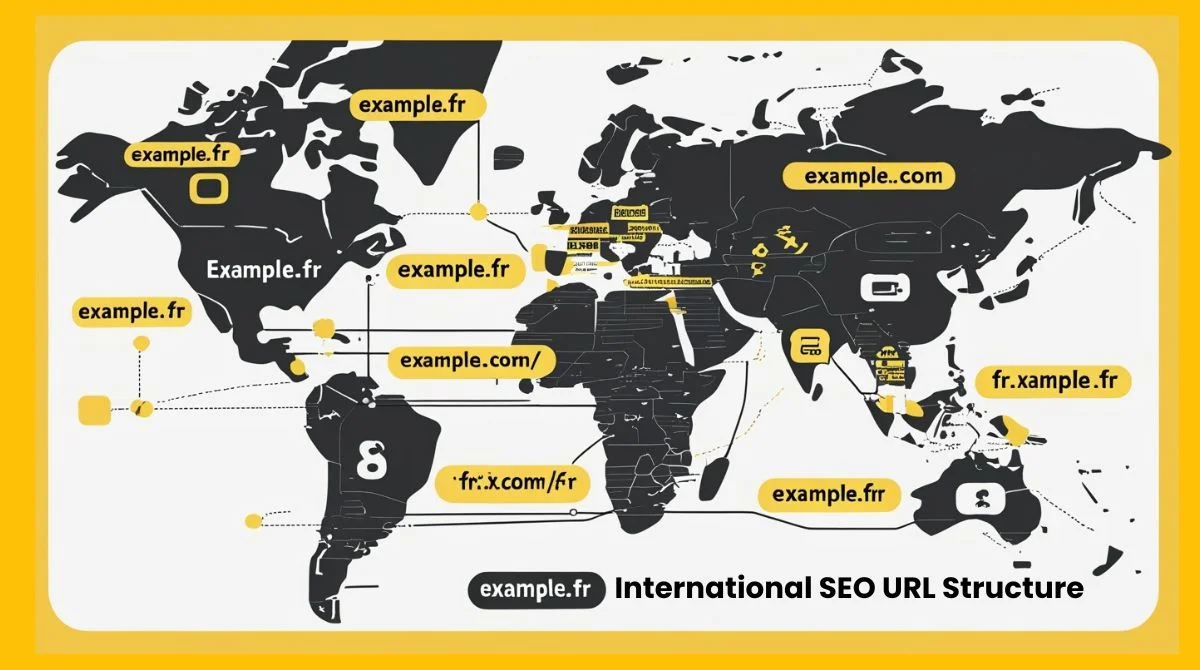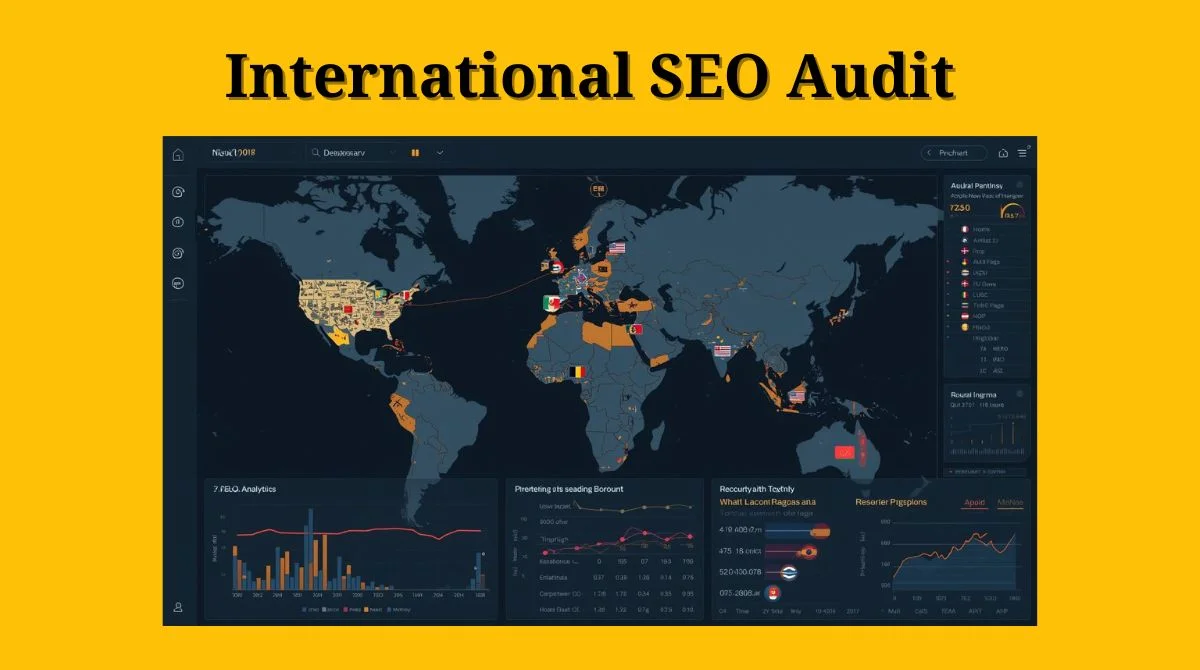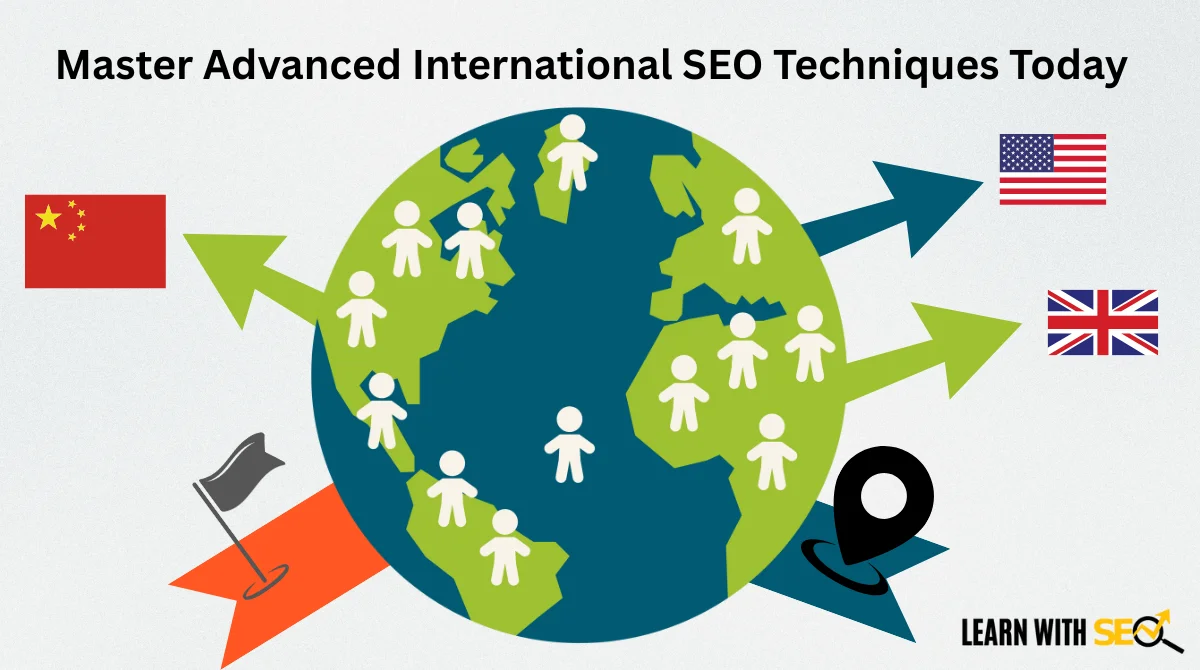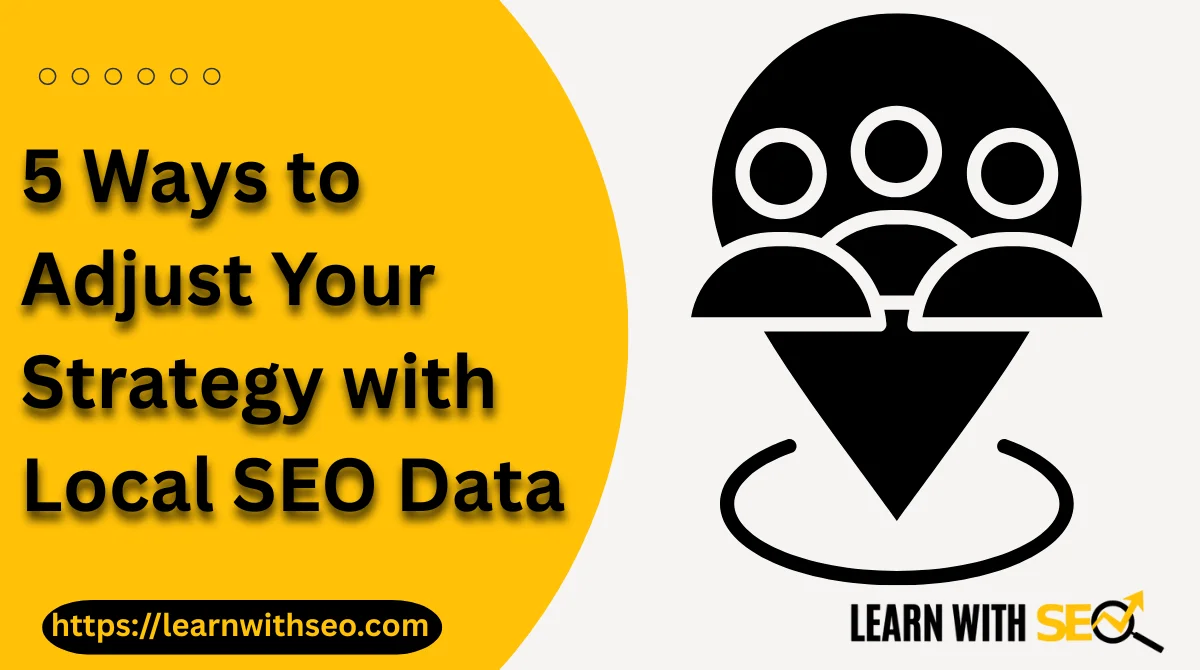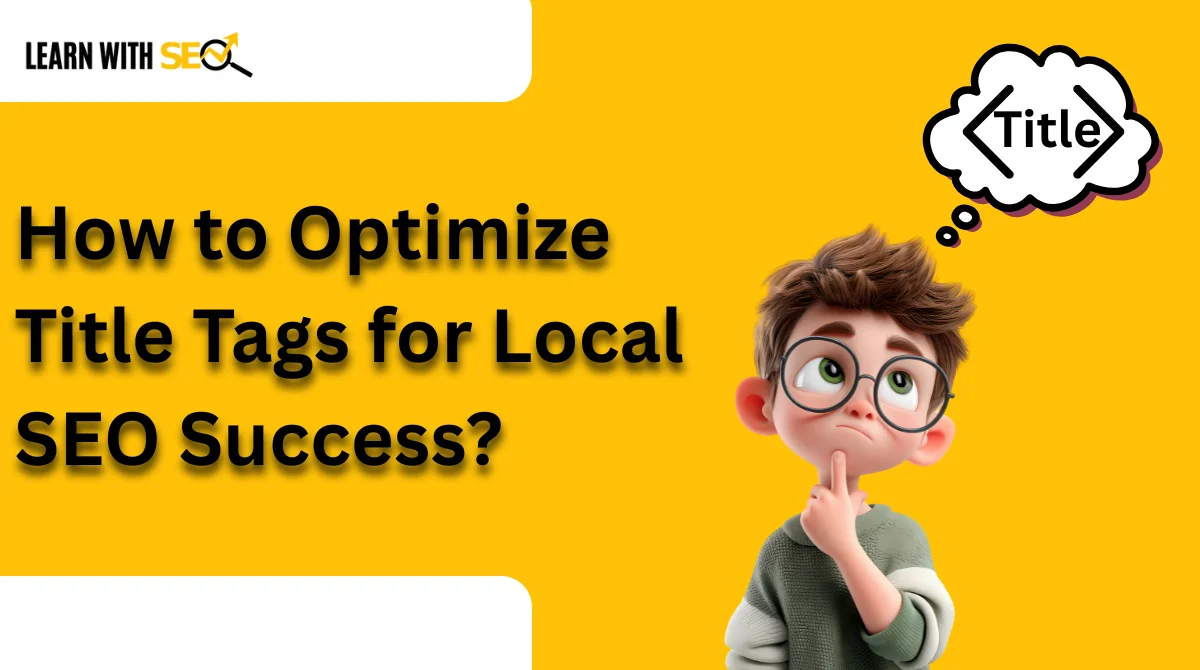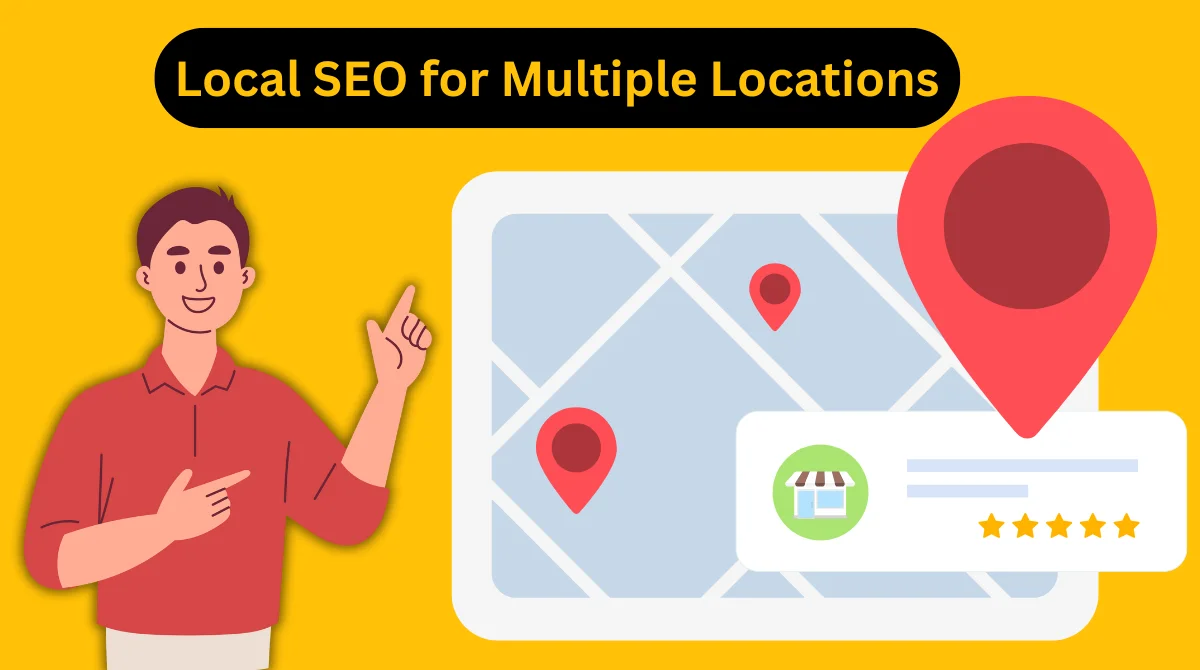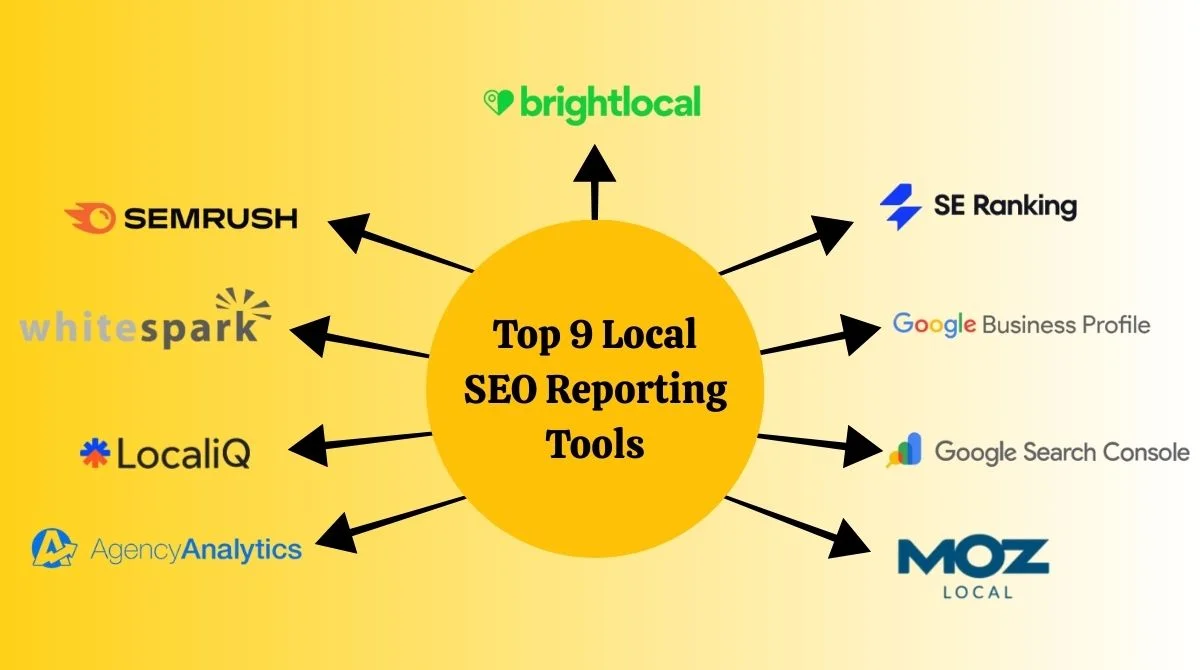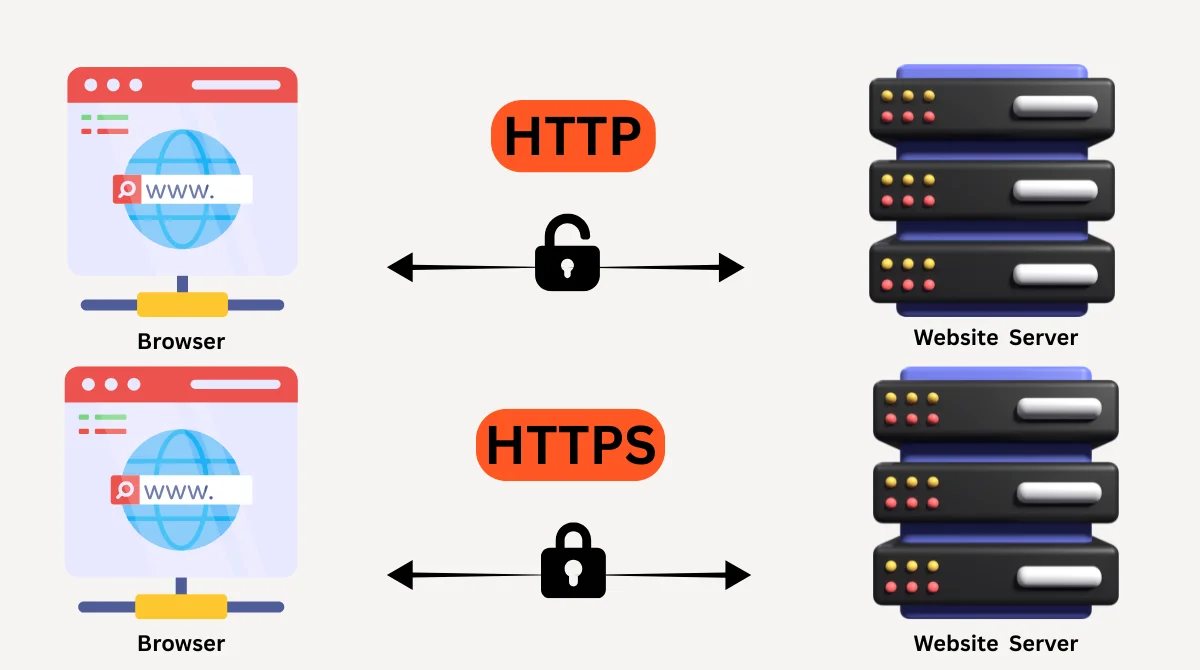- What is CPC?
- Why is CPC Important?
- How to Calculate CPC?
- Factors That Affect CPC
- How to Use CPC to Measure Success?
- Tips to Reduce CPC for Better Campaigns
- Example: Calculating CPC in Real Campaigns
- CPC vs Other Pricing Models
- Average CPC by Industry
- Common Mistakes to Avoid with CPC
- Difference Between Max CPC and Actual CPC
- (FAQs) about CPC
- Final Thoughts
Running a successful advertising campaign online depends on how wisely you spend your budget. One of the most important factors in this is CPC (Cost Per Click). Knowing how to calculate CPC helps you understand whether your ads are profitable or wasting money. In this guide, we will break down CPC in simple words, explain its formula, show why it matters, and give practical tips to optimize it for better results.
What is CPC?
CPC stands for Cost Per Click. It is the amount of money you pay every time someone clicks on your ad. For instance, if you invest $100 in advertising and generate 200 clicks, the CPC comes out to $0.50.
This metric is used in most digital advertising platforms such as Google Ads, Facebook Ads, Instagram Ads, LinkedIn Ads, and more. Understanding CPC is the foundation of analyzing whether your ad campaigns are cost-effective or too expensive.
Why is CPC Important?
CPC tells you the true cost of engagement. You might be getting thousands of impressions, but impressions alone do not guarantee sales. “Each time a person clicks on your ad, it signals genuine interest. A lower CPC means you are getting traffic at a cheaper rate, while a higher CPC means your ads are costing too much.
Here are some key reasons why CPC matters:
- Helps you measure ad performance effectively
- Shows whether your target audience is relevant
- Impacts your overall ROI (Return on Investment)
- Allows you to compare platforms to see which one is more cost-effective
- Helps in budget allocation for better results
How to Calculate CPC?
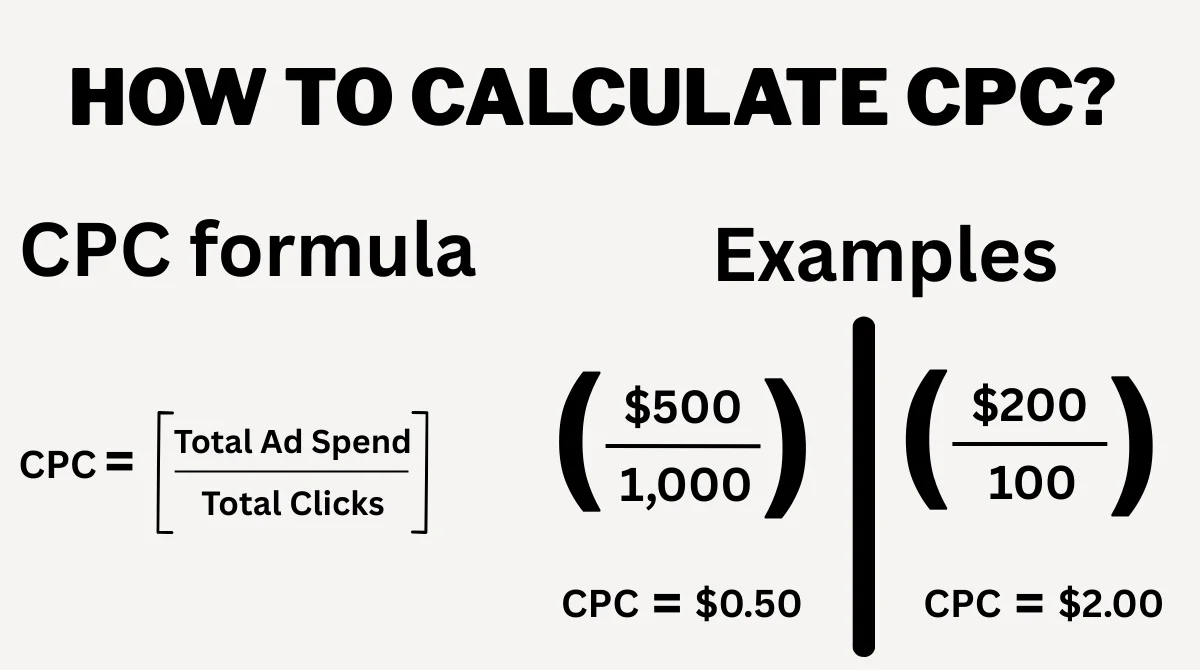
The calculation of CPC (Cost Per Click) is straightforward and follows a basic formula:
CPC = Total Advertising Spend ÷ Total Number of Clicks
This formula helps you determine the exact cost you are paying for each visitor who clicks on your advertisement. Let’s look at two practical examples:
- If your campaign budget is $500 and it generates 1,000 clicks, the CPC would be $0.50 per click.
- If you invest $200 and receive 100 clicks, the CPC comes out to $2.00 per click.
In simple terms, this means that for every click on your ad in the second example, you are paying $2 to bring one potential customer to your website.
Factors That Affect CPC
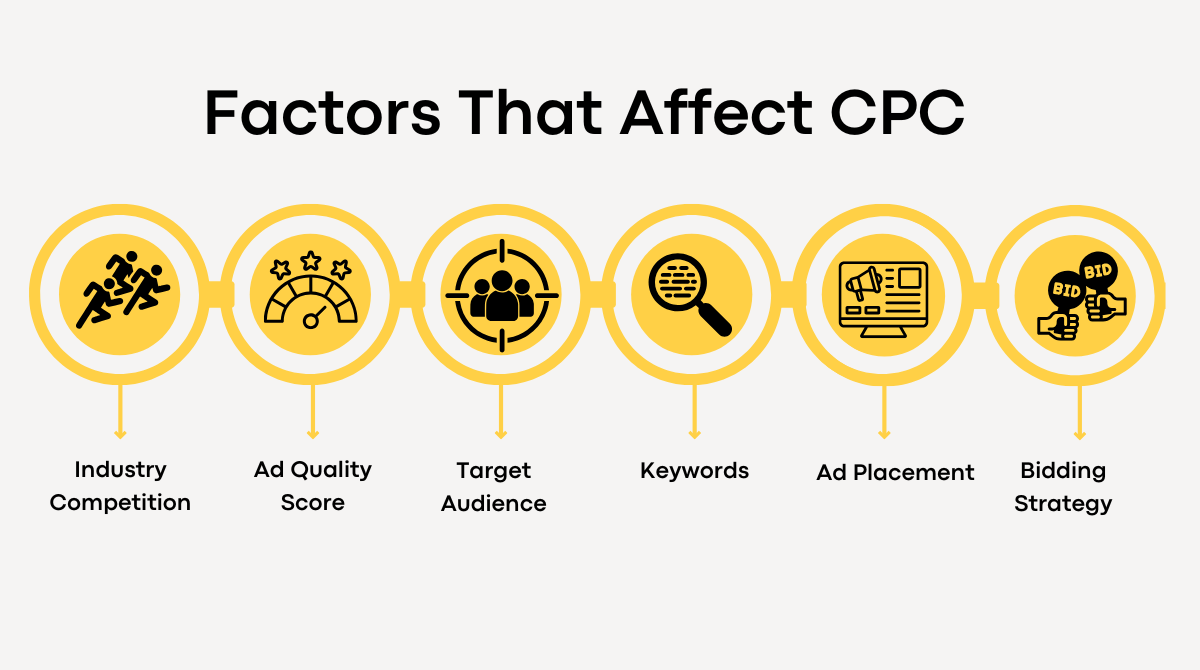
Several factors influence the amount you pay per click. Understanding these factors enables you to optimize your campaigns and minimize wasted spending.
- Industry Competition: Certain industries, such as finance, insurance, or law, have higher CPCs due to increased competition.
- Ad Quality Score: Platforms like Google Ads reward high-quality ads with lower CPC.
- Target Audience: A broad audience may reduce CPC, but targeting a very specific group may increase it.
- Keywords: High-demand keywords usually cost more, while long-tail keywords are cheaper.
- Ad Placement: Top positions or premium placements cost more than lower ones.
- Bidding Strategy: Whether you use manual or automated bidding also affects your CPC.
How to Use CPC to Measure Success?
Simply calculating CPC is not enough. You need to compare it with other important metrics to measure success.
- CTR (Click Through Rate): If your CPC is high but CTR is low, your ads are not engaging.
- Conversion Rate: Low CPC is good, but if those clicks are not converting into sales, the campaign is failing.
- ROI (Return on Investment): Always measure how much profit you generate compared to your total ad spend.
- Quality of Traffic: Cheap clicks are useless if they don’t come from the right audience.
Tips to Reduce CPC for Better Campaigns
Reducing CPC is one of the biggest goals for advertisers. With a lower CPC, you can get more clicks while staying within the same budget. Here are some proven strategies to lower CPC:
- Improve Ad Relevance: Write ads that directly match the user’s intent.
- Use Negative Keywords: Block irrelevant searches that waste money.
- Target Long-Tail Keywords: They are less competitive and cheaper.
- Test Different Ad Creatives: Better designs and headlines attract more clicks.
- Optimize Landing Pages: A high-quality landing page improves your Quality Score.
- Adjust Bidding Strategy: Sometimes lowering bids helps you gain cheaper clicks.
- Focus on Audience Targeting: Show ads only to people who are likely to buy.
Example: Calculating CPC in Real Campaigns
Let’s say you are running two different campaigns:
- Campaign A: Spend $300 and get 600 clicks. CPC = $0.50
- Campaign B: Spend $200 and get 150 clicks. CPC = $1.33
At first, Campaign A looks better because it has a lower CPC. But if Campaign B converts more visitors into buyers, then a higher CPC might still be worth it. This shows why CPC should always be analyzed along with conversions and ROI.
CPC vs Other Pricing Models
When running online ads, you don’t always have to pay per click (CPC). Different pricing models exist depending on your campaign goals. Here’s how they compare:
CPM (Cost Per Mille/Thousand Impressions)
With the ad CPM model, you pay for every 1,000 times your ad is displayed, regardless of whether people click on it or not. This pricing method is ideal for brand awareness campaigns, where visibility matters more than direct clicks or conversions. For example, a company launching a new product may use ad CPM to ensure that as many people as possible see the brand and become familiar with it.
CPA (Cost Per Acquisition)
You only pay when a specific action is completed, such as a purchase, signup, or app download. This model is best for conversion-focused campaigns, where you want guaranteed results. It’s usually more expensive per action but very efficient for ROI.
CPL (Cost Per Lead)
You pay whenever someone gives you their contact details, such as filling out a form or subscribing to a newsletter. This model works best for lead generation campaigns, especially in industries like education, real estate, or consulting.
Average CPC by Industry

CPC can differ greatly based on your niche. Some industries face high competition for keywords, which drives CPC up, while others have relatively lower costs. Here’s a general overview:
- Education ($3.00 – $3.50): Online courses, universities, and training programs attract large audiences, keeping CPC moderate but competitive.
- Health & Wellness ($3.50 – $4.00): Fitness programs, medical services, and healthcare products see higher CPC due to strong consumer demand.
- Business Services ($4.50 – $5.00): B2B services like consulting, IT support, and legal services face a higher CPC because the target audience is smaller but very valuable.
- Marketing & Advertising ($5.00 – $5.50): Digital marketing agencies and ad platforms compete aggressively, which pushes CPC higher.
- Technology & Software ($5.50 –$6.50 ): Software, SaaS, and enterprise tools typically have the highest CPC, as customer lifetime value is much greater in this sector.
- Finance & Insurance ($7.00+): High competition because financial services, loans, and insurance policies are very profitable.
Common Mistakes to Avoid with CPC
Many advertisers make mistakes that increase CPC unnecessarily. Avoid these pitfalls:
- Not testing different ad variations
- Targeting too broad or too narrow an audience
- Ignoring Quality Score or ad relevance
- Spending money on irrelevant keywords
- Not tracking conversions alongside clicks
Difference Between Max CPC and Actual CPC
When running ads, it’s important to understand the difference between Max CPC and Actual CPC:
- Max CPC (Maximum Cost Per Click): This is the highest amount you are willing to pay for a single click. You set this bid in your ad campaign, and it gives the platform (like Google Ads) a limit on how much to charge you.
- Actual CPC (Real Cost Per Click): This is the amount you are actually charged for the click. In most cases, the actual CPC is lower than your max CPC because platforms only charge enough to outbid the competitor below you.
Example: If your max CPC is $2.00 but the next advertiser’s bid is $1.20, you might only pay $1.21 for the click.
In short:
- Max CPC = What you’re willing to pay
- Actual CPC = What you really pay
(FAQs) about CPC
What is considered a good CPC?
A good CPC depends on your industry, competition, and campaign goals. For example, $1 might be great in e-commerce but too low in finance or software, where CPC is naturally higher.
What is the impact of CPC on ROI?
A lower CPC can improve ROI by reducing acquisition costs, but ROI also depends on conversion rates. At times, a higher CPC paired with stronger conversions can lead to a better ROI.
What is manual CPC vs. automated CPC bidding?
- Manual CPC: You decide the highest amount you’re willing to pay for each click.
- Automated CPC (Smart Bidding): Google adjusts bids automatically to maximize conversions within your budget.
What is the average CPC in Google Ads?
The typical CPC in Google Ads differs across industries. For example, education may range from $3, while software and finance often go above $7 per click.
Final Thoughts
Calculating CPC is the first step toward building an effective ad campaign. By understanding how CPC works, using the formula correctly, and comparing it with other metrics, you can measure the true success of your ads. Remember, a low CPC does not always mean success, and a high CPC is not always bad. What really matters is whether your ads bring profitable results.


